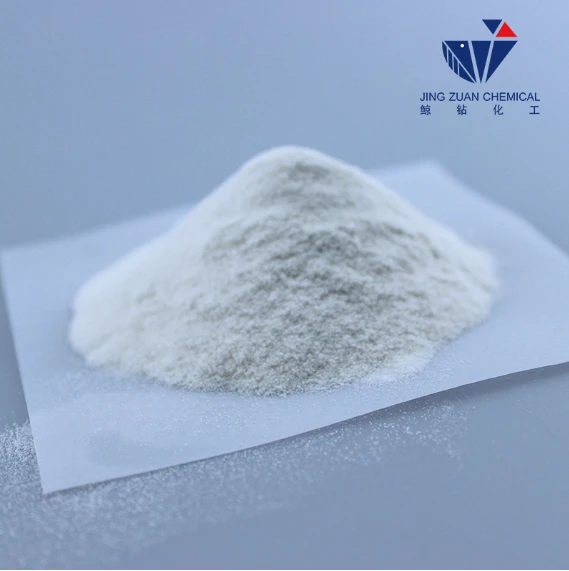
Nov . 23, 2024 01:14 Back to list
what is hpmc
Understanding HPMC A Comprehensive Overview
Hydroxypropyl Methylcellulose (HPMC) is a versatile and widely used polymer derived from cellulose, a natural polymer obtained from plant cell walls. HPMC has gained significant popularity due to its unique properties, making it an essential ingredient in various industries, including pharmaceuticals, food, cosmetics, and construction.
One of the key characteristics of HPMC is its ability to form a gel in the presence of water. This property makes it an excellent thickening and stabilizing agent. In the pharmaceutical industry, HPMC is utilized in the formulation of controlled-release drug delivery systems. By manipulating the viscosity of HPMC solutions, formulators can control the rate at which a drug is released in the body, improving therapeutic efficacy and patient compliance.
.
Cosmetics also benefit from the inclusion of HPMC. Its film-forming properties make it an ideal choice for personal care products, including shampoos, lotions, and creams. HPMC improves the spreadability and aesthetic appeal of these products while providing moisture retention and skin conditioning benefits.
what is hpmc

In the construction industry, HPMC is employed as a crucial component in cement, mortar, and tile adhesives. It enhances workability, improves adhesion, and contributes to the open time of the materials, allowing for better application. The addition of HPMC also helps in reducing water consumption, contributing to more sustainable construction practices.
HPMC is known for its non-toxic and biodegradable nature, making it an environmentally friendly option compared to synthetic polymers. This aligns with the growing demand for sustainable materials across various sectors, promoting a more eco-conscious approach to product formulation.
As a highly adaptable compound, HPMC is available in various grades with differing viscosity and solubility properties, allowing for tailored applications to meet specific needs. Its extensive use across diverse industries highlights its critical role in modern technology and product development.
In conclusion, Hydroxypropyl Methylcellulose (HPMC) is a multifaceted polymer that plays a significant role in various fields, offering numerous benefits and applications due to its unique properties. As industries continue to evolve and seek innovative solutions, HPMC’s importance is likely to grow, underscoring its value in enhancing product performance and sustainability.
-
Versatile Hpmc Uses in Different Industries
NewsJun.19,2025
-
Redispersible Powder's Role in Enhancing Durability of Construction Products
NewsJun.19,2025
-
Hydroxyethyl Cellulose Applications Driving Green Industrial Processes
NewsJun.19,2025
-
Exploring Different Redispersible Polymer Powder
NewsJun.19,2025
-
Choosing the Right Mortar Bonding Agent
NewsJun.19,2025
-
Applications and Significance of China Hpmc in Modern Industries
NewsJun.19,2025







